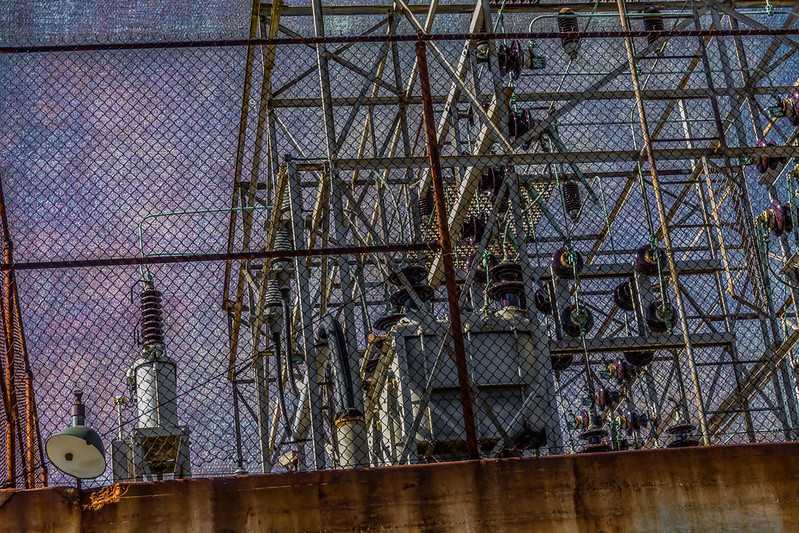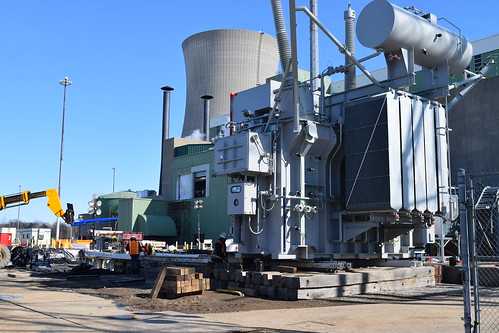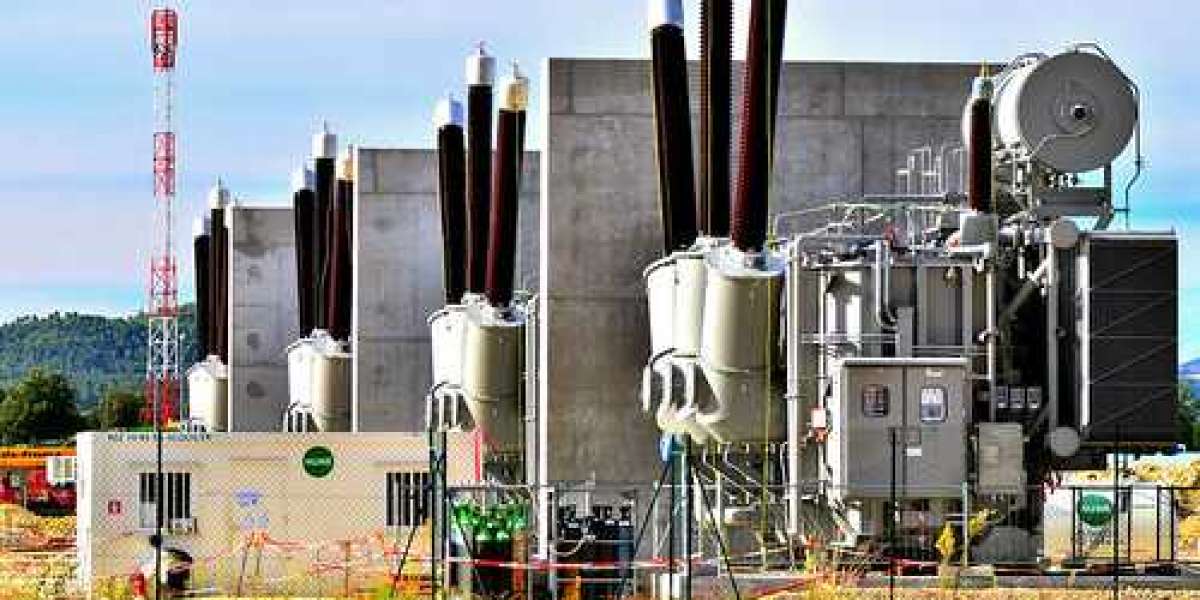Most transformers have the same structure and working procedure. There are few basic parts like core, the primary winding, and the secondary winding. Some other parts are insulation, cooling arrangements, enclosure, transformer oil, etc. Here we will take a look at each part of it and discuss its important features.
But before any of those let’s take a look at how oil-immersed power transformers work.
How does an oil-immersed power transformer work?
An oil-immersed power transformer works according to the principle of electromagnetic induction because it is basically a static device. When we connect the primary winding of a transformer with energy or current flow, it creates an electromagnetic field in the secondary winding of the transformer. This electromagnetic field induces EMF of the secondary winding and this proportion becomes the ratio at the end. So, every part plays an equal role to make the whole system work. Now let’s discuss the individual parts of the transformer
Parts of an oil-immersed power transformer –
An oil-immersed power transformer has several parts and every part is equally important for it to work smoothly. There are some main parts and some secondary parts. Here we are going to provide the list of the parts individually then we will discuss its features.
Main parts of the oil-immersed power transformer –
- Core
- Primary winding
- Secondary winding
Secondary parts of the oil-immersed power transformer –
- Insulation
- Tank
- Tap changers
- Transformer oil
- Radiators and fans
- Oil conserver
- Terminals and bushings
- Breather
- Buchholz relay
- Explosion vent
Now we will discuss each and every important part separately and also provide you the information about important features of them.

Core –This is one of the main and basic parts of an oil-immersed power transformer that supports the primary and secondary winding system by being the low resistance path of electromagnetic flux. It is made of high-grade grain-oriented steel which is stacked in the core in the form of thin sheets. All the sheets are separated by the insulation material of the transformer.
The steels which are being used in the core have carbon content below 0.1% to avoid any hazards related to eddy currents. It is usually alloyed with a material that can reduce eddy current like silicone. The core of the oil-immersed power transformer has generally two type’s construction; one is shell type and core type.
Winding – An oil-immersed power transformer has two sections of winding, a primary winding, and secondary winding. Both of the windings play different roles in the process. The windings are usually made of materials like copper and aluminum. Coppers are placed by several turns and aluminum is used to make conductors. In the process, they insulate each other and also insulate the core of the transformer.
Different types of transformers can have different types of a winding system based on their features like temperature rise, current rating, short circuit strength, impedance, surge voltages, etc. Among primary and secondary windings, one is known as HV and another one LV based on their higher voltage and lower voltage.
Insulation – This is one of the most important parts of an oil-immersed power transformer or we can say in any kind of transformer. Any hazard in insulation can lead to huge damage. Generally, all types of transformers are operated by a heavy heat-generating current. Thus, the main parts like the core and windings need perfect insulation in between them to work properly without being interrupted by the temperature.
The insulators are usually made of cotton, paper, or any synthetic material that can withstand high temperatures and has high dielectric strength. Those materials also should have good mechanical properties to make everything smooth. These types of insulation systems are common in every type of transformer.
Tank –Tank is another part of the transformer which provides support to the main parts of it. A tank of an oil-immersed power transformer basically protects the core and the winding from any outside damage or environmental dysfunction. It is also the fuel container of the transformer which supports all the accessories by serving as the oil tank.
Transformer oil – It provides extra insulation in all oil-immersed power transformers. It reduces the heat between the conducting parts like core and winding. It is also used as the fault detection feature of the oil-immersed power transformers.

This transformer oil is made of paraffin, olefins or any hydrocarbon mineral oil that can be used as the transformer oil because these mineral oils have all the features which are needed. For example, their flash point is 310 degrees Celsius which is ideal for insulation.
Oil conserver – It is located at the top of the tank and bushings. An oil conservator provides the space to expand oil. It can also increase and decrease the temperature by the expansion of the transformer oil. It has an oil indicator attached to it to indicate the level of transformer oil present in it.
Terminals and bushings – Terminals are mainly used as the connecting part of incoming and outgoing cables. Terminals are connected to the end of the winding and it has bushings under it. Bushing works as an insulator between the terminal and tank and stops it from being overheated.
Breather – A breather is basically a part of a conservator tank. It is included in the oil-immersed power transformer to keep the transformer oil-free from any kind of moisture. An oil-immersed power transformer can be heated and cools easily. This leads to the expansion of oil and their breather ensures that moisture-free oil. Breathers consist of silica gel which helps to remove moisture from the transformer oil.
These are some important features of an oil-immersed power transformer. Each and every part has its different work process and tasks but on the whole, they support each other which makes the transformer work smoothly. If one of them fails the whole system of the oil-immersed power transformer can fail and lead to several damages.









